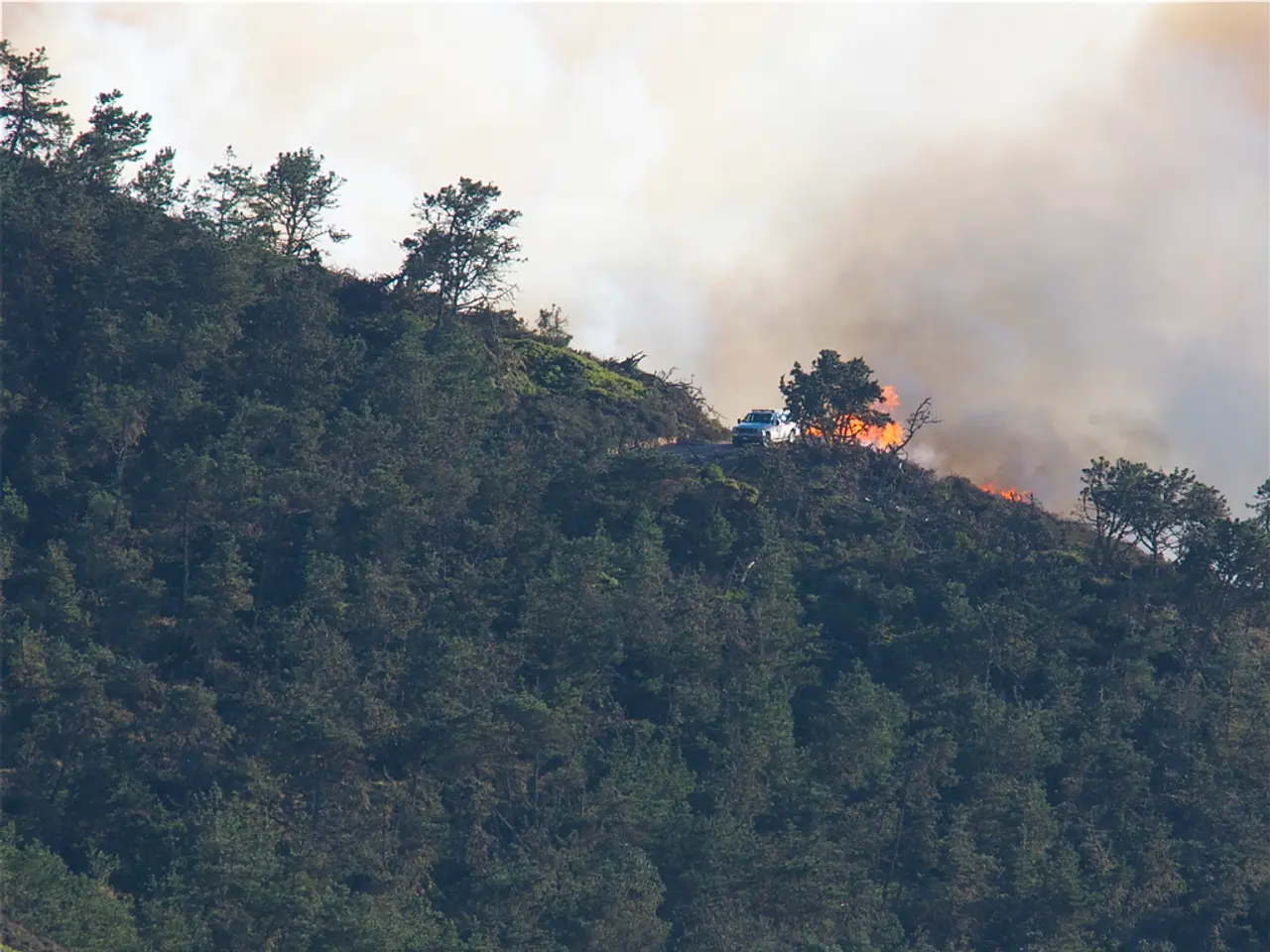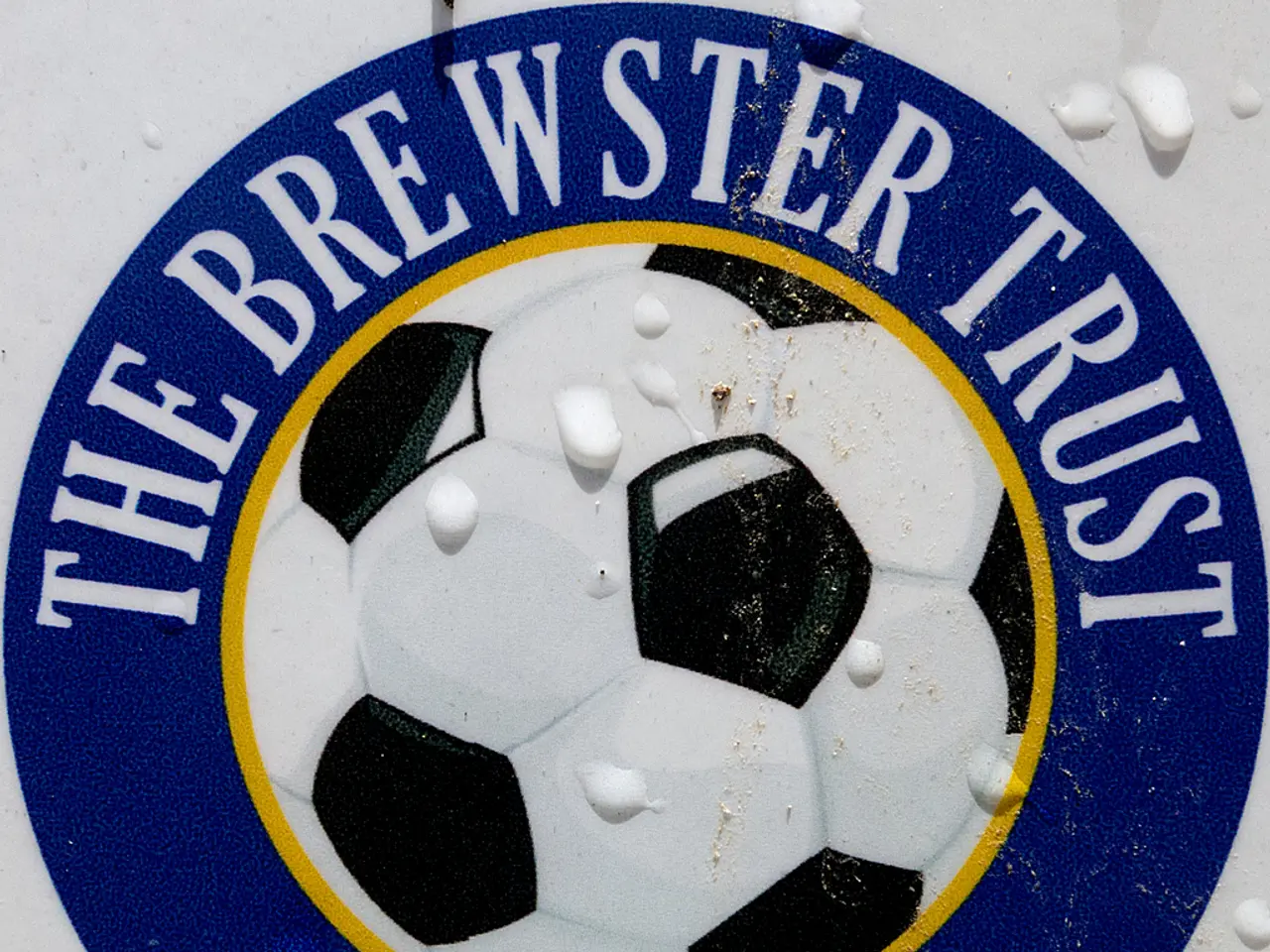Fires and flames ravage California, forcing residents to flee
The Canyon Fire, which broke out on Thursday in Southern California, has been causing concern for residents and authorities alike. The blaze has charred an area of about 22 square kilometers and spread about 60 kilometers within a few hours, prompting evacuation orders for thousands of residents.
The vegetation in some areas is completely parched due to the persistent drought, making the conditions ripe for wildfires to spread more quickly. Strong Santa Ana winds have also allowed the flames to rapidly spread to the beaches of Malibu, causing residents to flee in panic.
However, efforts to combat the fire are underway. More than 400 helpers, including inmates and potentially members of the National Guard, were actively fighting the Canyon Fire on Friday afternoon. California Governor Gavin Newsom expressed gratitude towards the "brave men and women" involved in the firefighting efforts.
The Canyon Fire is located near Los Angeles, and the Governor received emergency funds from the Federal Emergency Management Agency (FEMA) to combat the fires effectively. Despite the challenges, the fire has been contained by 25 percent.
The authorities are urging caution, with every spark being considered dangerous. The community is also playing a crucial role in wildfire prevention and management. Residents are encouraged to assess their property vulnerabilities and create defensible space by clearing flammable vegetation and maintaining a buffer zone around homes. Upgrading to fire-resistant materials like Class A-rated roofing, ember-resistant vents, and tempered glass significantly reduces home ignition risk.
The efforts to prevent and manage wildfires in Southern California are multifaceted. Southern California Edison (SCE) has implemented a Wildfire Mitigation Plan aimed at strengthening the electrical grid to reduce wildfire risks linked to utility equipment. This includes reducing the need for Public Safety Power Shutoffs (PSPS) in high fire-risk areas and coordinating with statewide resources for firefighting and forest management.
California is also embracing innovative solutions, such as AI-powered mountaintop cameras, satellite monitoring, smart firefighting equipment, and pilotless helicopters. These tools enhance early fire detection and improve response times, aiming to contain 95% of fires to very small sizes.
In addition, forest thinning, prescribed burns, and fuel reduction are being undertaken to mitigate wildfire spread. State and federal agencies are working to strengthen partnerships and streamline wildfire programs, although resource constraints remain a challenge.
Community engagement and coordinated risk reduction are also key elements in the strategy. Experts emphasize the importance of neighborhood communication for wildfire readiness, including shared evacuation plans and building relationships with local fire departments. Structural retrofitting at a community scale can dramatically lower risk across multiple homes, underscoring the importance of collective action over isolated efforts.
The recent January disaster scenario, involving two large fires in parts of Los Angeles, left a trail of destruction. More than 16,000 buildings were destroyed and at least 31 deaths were reported. Human remains were found in a burn zone in Altadena as late as July. Major damage in residential areas from the Canyon Fire has been prevented, thanks to the combined efforts of the community and the authorities.
As dangerous weather conditions are expected to persist over the weekend, with a heatwave bringing hot, dry, and windy conditions, it is crucial that everyone remains vigilant and follows safety guidelines to ensure the safety of themselves and their communities.
[1] Southern California Edison Wildfire Mitigation Plan: https://www.sce.com/content/sce/en/about-us/newsroom/news/news-releases/2022/2022-wildfire-mitigation-plan.html [2] Fire-Resistant Building Materials for Wildfire Safety: https://www.usfa.fema.gov/prevention/outreach/wildfire_home_safety.html [3] Community Wildfire Protection Plans: https://www.fire.ca.gov/community-wildfire-protection-plans/ [4] California Wildfire Technology Innovation: https://www.calfire.ca.gov/resource-management/technology-services/wildfire-technology-innovation/ [5] Forest Management and Fuels Reduction: https://www.fs.usda.gov/main/r5/home/featured_topics/fuels-reduction
- The Canyon Fire, a wildfire in Southern California, has been caused by climate-change-induced drought and Santa Ana winds, which have affected the environment-al sciences in the region.
- In the spirit of sports-betting on weather forecasting, one could argue that predicting the spread of a wildfire under such harsh conditions is a challenge akin to predicting the outcome of a game.
- The community's role in wildfire prevention extends to implementing measures such as using fire-resistant building materials, creating defensible spaces, and being vigilant about wildfire safety, much like a team adopting strategies to secure a victory.
- The ongoing wildfire management efforts in Southern California involve strategies like forest thinning, prescribed burns, and the use of innovative technologies like AI, satellite monitoring, and drones, reminiscent of the continuous improvement and advancement seen in various sports.





